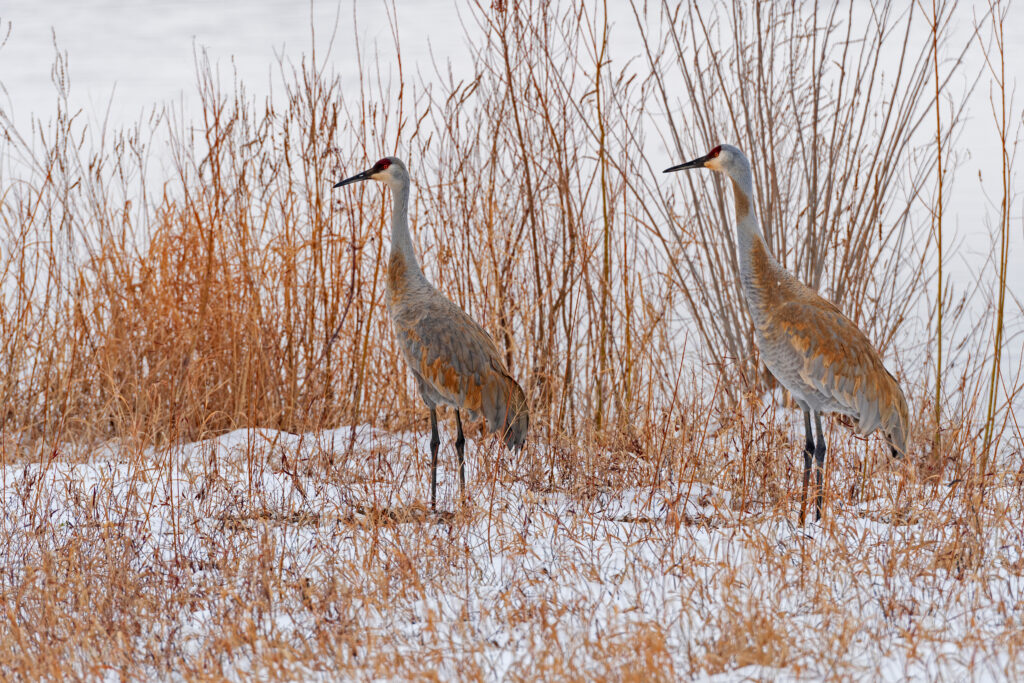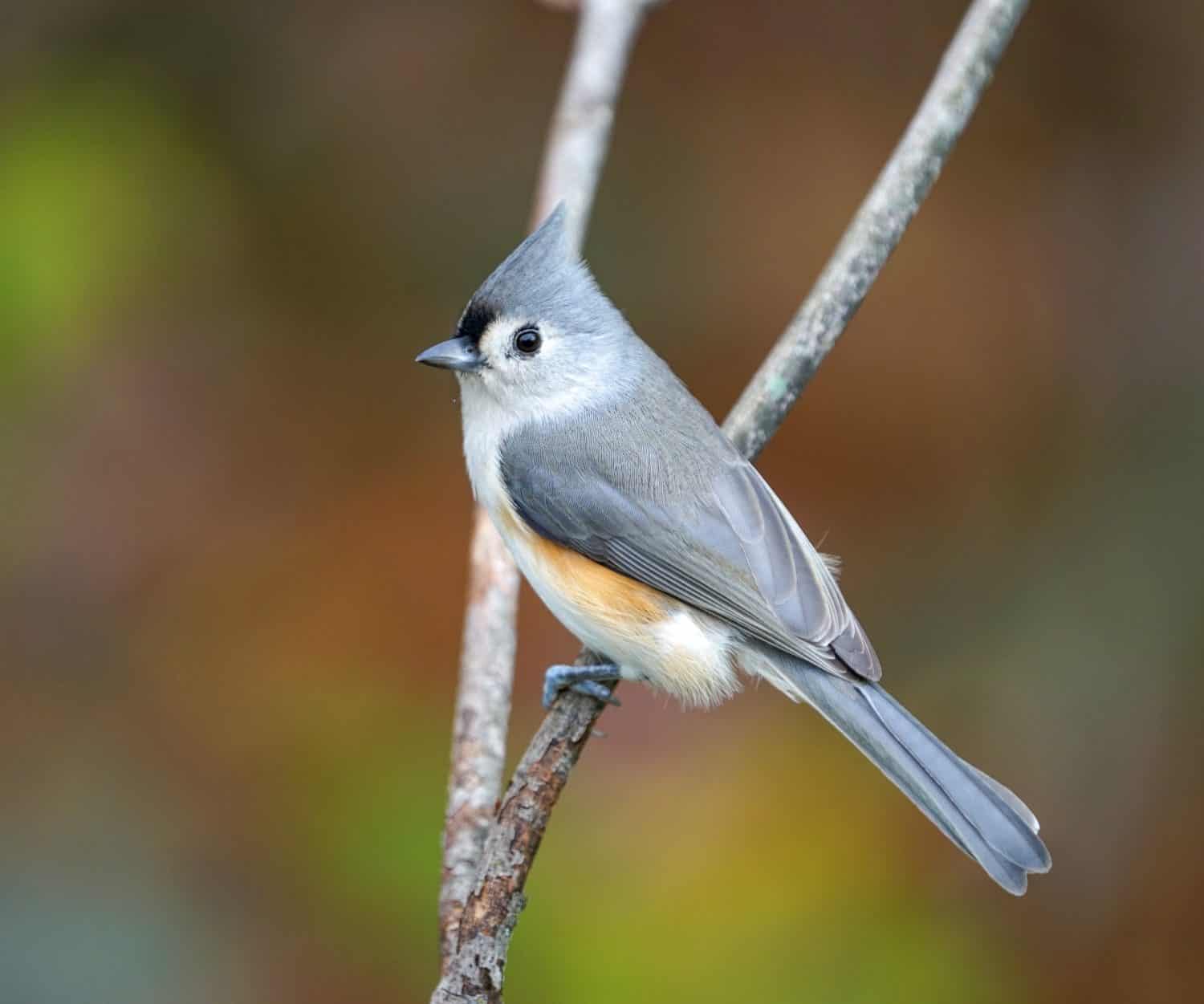For those who have ever used an interstate super highway to get from one destination to another, you know it is an easy and fast way to travel. What a lot of people don’t know is that birds also do something similar. We call it the Mississippi Flyway.
Like our expressways, these travel routes feature “fast food” and a lot of pit stops. And that’s why birds love to take them when migrating great distances across North America. Not only can they stop and grab a quick snack, but it becomes crucial to have something readily available when traveling round-trip from Canada’s polar regions to South America.
However, this magnificent migratory route is under threat. To understand how vital our impact is and what this could mean for birds all over the Americas, we need to know how important the Mississippi Flyaway is.
A Trip Down the Mississippi Flyway
As the name suggests, the migratory path in the U.S. follows the Mississippi River. The Flyway goes through the states of Alabama, Arkansas, Indiana, Illinois, Iowa, Kentucky, Louisiana, Michigan, Minnesota, Mississippi, Missouri, Ohio, Tennessee, Wisconsin, and the Canadian provinces of Saskatchewan, Manitoba, and Ontario. It is 2,300 miles long, and over 230 bird species take it to their nesting grounds, either along the way or as far as Patagonia.

Sandhill Cranes are endangered. These birds still use the Mississippi Flyway.
©Wildnerdpix/Shutterstock.com
According to the Audubon Society, almost half of our bird species and waterfowl use this flyaway. And to preserve it, it’s essential to understand why.
For one, it’s the easiest path to go south across North America. It follows a route between the Rocky and Appalachian Mountains, with the highest elevation below 2,000 feet. Additionally, it provides many tributaries, wetlands, forests, and grasslands to feed from.
Almost every species of bird follows this pathway. Various geese, ducks, blackbirds, shorebirds, thrushes, warblers, sparrows, and songbirds are spotted along the Mississippi Flyway. Louisiana and Texas hold some of the best birding opportunities during high season.
However, waking up to the sound of songbirds in the morning isn’t something anyone should take for granted.
The Deepwater Horizon oil spill threatened many critical habitats along this significant migratory route. This environmental disaster resulted in the largest marine oil spill on April 20, 2010. It was due to an explosion on the Deepwater Horizon oil rig, which was located in the Gulf of Mexico. Deepwater was approximately 41 miles off the coast of Louisiana. After two days of burning, the rig sank, spilling about 60,000 gallons into the Mississippi River.
Unfortunately, this disaster significantly affected the wildlife along the coast and river. While many recovery programs took place, the marshes and estuaries were the most challenging places to clean. The biological impact created a chain reaction in our birds, who nested and fed in the areas along the Mississippi Flyway.
Not only did this disaster have a devastating impact on our birds, but this incident only heightened the effects that sea-level rise and global warming already had on critical surrounding habitats.
And the Mississippi Flyway isn’t just crucial for keeping birdwatchers busy. Our bird populations are incredibly critical for many necessities humans take for granted.
According to PBS, the number of birds in North America has declined by 3 billion in the last 50 years. That’s two out of three species that live here facing extinction.
Because birds are so integral to the ecosystem, humans rely on them. Birds keep crops from being eaten by insects—which would otherwise overrun our farmland. Along with invasive insect species, birds keep the damage at bay. Lastly, not just bees pollinate; birds do it too! Fruits and vegetables rely on many species of birds to populate.
Even trees can regrow and reforest areas thanks to our friends in the sky.
These issues can be mitigated because of restoration projects, conservation efforts, and nonprofit agencies that protect birds. And the Mississippi Flyover can remain hospitable for birds for years to come. However, efforts must remain vigilant, but there is still hope for our feathered friends.
Want to see birds along the Mississippi Flyway?
If you want to see what the birds on the Mississippi Flyway are doing right now, you can check out the Raptor Resource Project, which provides a live cam of North America’s birds along their long route south. However, if you already live along the Flyway, having a homemade birdfeeder is a great way to help support (and watch!) birds as they reach their nests along their long journeys.
Thank you for reading! Have some feedback for us? Contact the AZ Animals editorial team.








